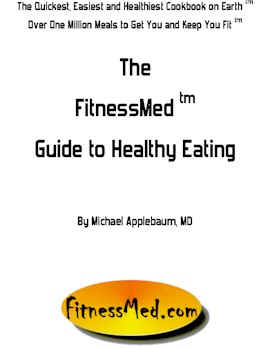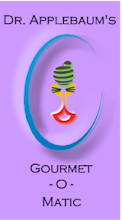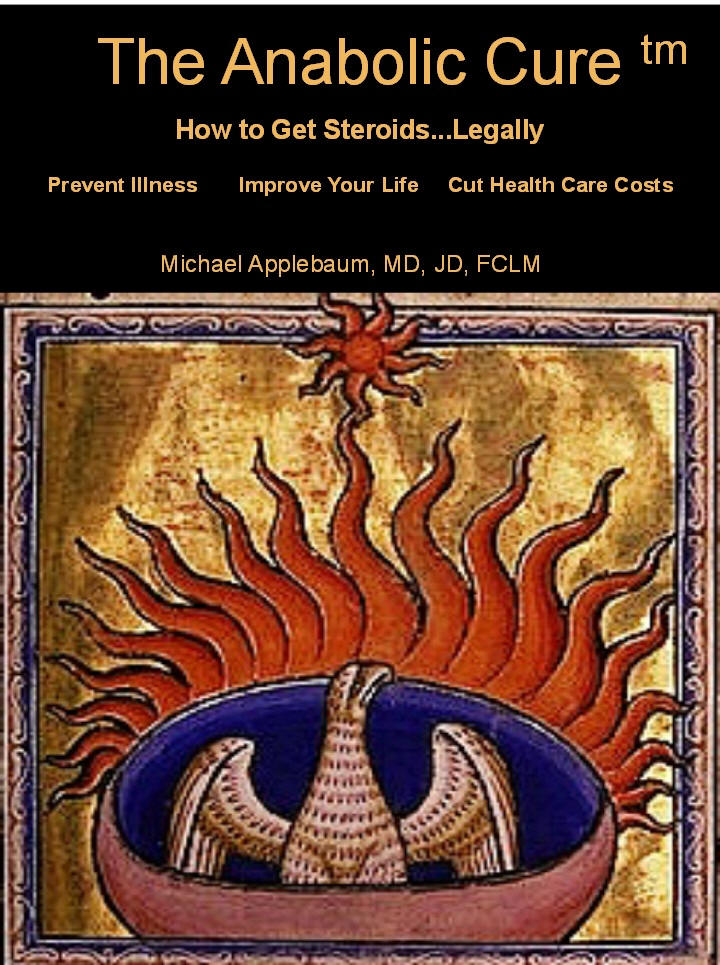Every five years the federal government updates its dietary guidelines for Americans. This year, with most Americans overweight or obese and at risk of high blood pressure, policymakers are working to reinvent the familiar food pyramid and develop advice that is simple and blunt enough to help turn the tide.How can something that is not read get "lost in translation?"
Although most people do not read them, the guidelines have broad impact on Americans' lives.
In any event, here is more of the bulls**t excusing the problem:
Even if the political will is there, developing useful advice remains a challenge. It has to be broad enough to apply to myriad ethnic and other taste preferences.Crap.
It is all about Calories in vs. Calories out and the ethnicity and culture and taste preferences of the consumer matter not a whit.
According to a study conducted by the International Food Information Council, an industry trade group, 46 percent of consumers agree that food and health information is often confusing and conflicting. And no wonder: Eggs, once shunned because of cholesterol, are now praised for their protein content. Carbohydrates, once exiled from fashionable plates, are back in vogue, provided they come from whole grains. This year, 88 percent of Americans were unable to accurately estimate the number of calories they should consume, up from 85 percent in 2009.There is no easier message than it is all about the Calories.
"We can't load people down with different messages," said the USDA's Post. "We have to focus on practical, simple, easily applied messages that show action that consumers can take."
Of course, a problem is that most people are innumerate, or at least 88% cannot "accurately estimate the number of calories they should consume."
This, too, is easy. (If you need help, it is all in here.) And another reason why BMI is so useful.
Of all the indicators of overfatness, it is the only one that allows a person to calculate the number of Calories to consume.
The current version, called MyPyramid, was unveiled in 2005 and has been widely judged a failure. Where the original pyramid placed staples in the broad bottom of the triangle and special-occasion foods at the narrow top, MyPyramid is abstract. Six swaths of color, representing grains, vegetables, fruits, oils, milk, and meat and beans, sweep from the apex of the triangle to base. The width of the color bands, which is often difficult to distinguish, is meant to represent the amount of each food group people should eat. For details about serving sizes and other information, consumers must access the Web site, MyPyramid.gov.There is only one approach to take - the Calories approach because that is all that matters.
"We've heard a lot of views about the pyramid," said Post. "The questions we're asking are: Does it convey everything we want? Does it convey anything meaningful?"
Post gave no details about what new concepts the agency is considering. But sources say the CDC, an adviser to the process, has requested information on a proposal that would replace the pyramid with a plate of food that visually demonstrates a healthful meal - an approach developed by the National Cancer Institute.
Whatever policymakers decide, the guidelines must take a new approach, said Linda Van Horn, a professor of preventive medicine at Northwestern University and chairman of the 2010 dietary guidelines advisory committee: "What has been done till now isn't working. To do nothing more effective than we have means that five years from now we'll be in an even worse situation. And that would be unconscionable."
Any other approach is "unconscionable."
Here is a better approach, IMHO. (Same link as the one at the top of the post.)








No comments:
Post a Comment